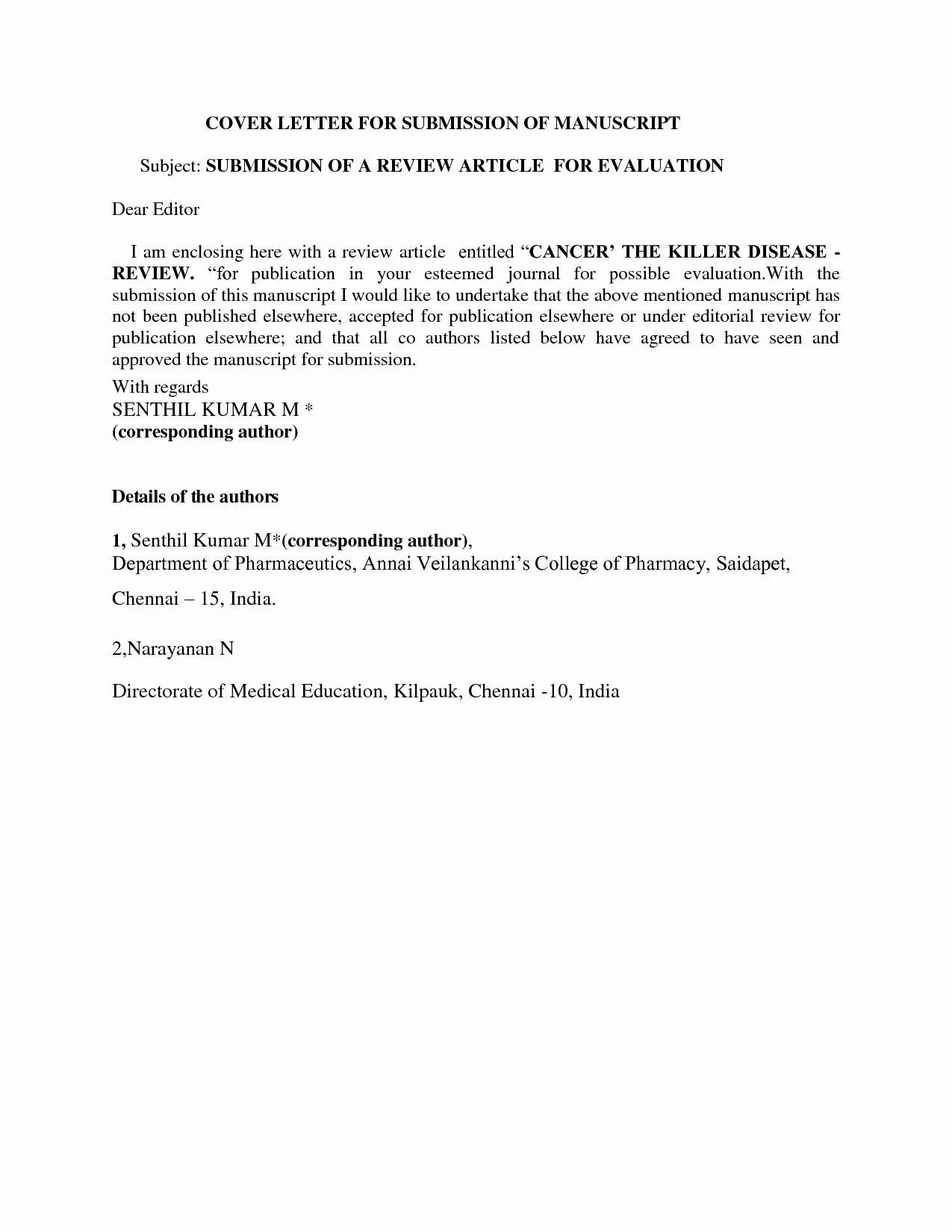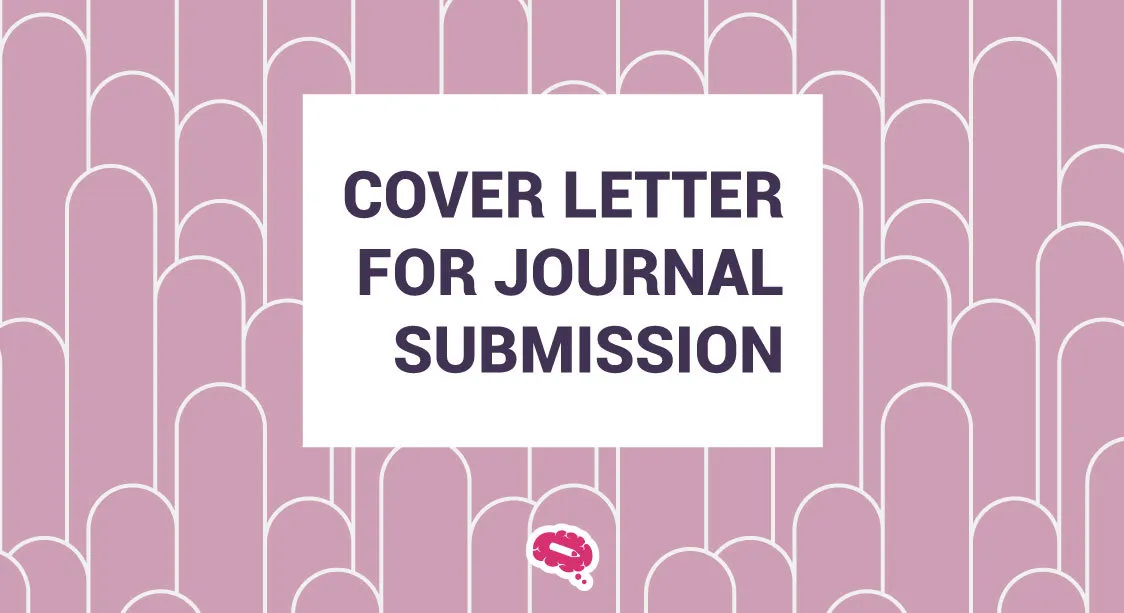Why Your Cover Letter Matters
In the competitive world of job applications, a well-crafted cover letter can be the key to unlocking your dream career. Many job seekers underestimate the power of a cover letter, viewing it as a mere formality. However, it’s a vital tool that can significantly impact your chances of landing an interview. A compelling cover letter introduces you to the hiring manager, giving you the opportunity to showcase your personality, skills, and enthusiasm for the position. It’s not just a summary of your resume; it’s your chance to tell a story, to connect with the employer on a deeper level and illustrate why you are the perfect fit. It’s your first impression, and as they say, you never get a second chance to make a first impression. Therefore, taking the time to write a cover letter that stands out is an investment that can pay off handsomely in your job search.
Highlighting Your Achievements
Don’t just list your job responsibilities; demonstrate your accomplishments. Instead of saying ‘Managed social media accounts,’ write ‘Increased social media engagement by 30% in six months by implementing targeted content strategies.’ Quantify your achievements whenever possible. Use numbers, percentages, and specific examples to show the impact you’ve made in previous roles. This gives the hiring manager concrete evidence of your capabilities and value. Focus on results. What did you achieve? How did you contribute to the company’s success? Were you able to increase sales, improve efficiency, or save money? These are the types of achievements that will grab their attention and make them want to learn more about you. Always tailor your achievements to the specific job and the requirements outlined in the job description. Highlight the skills and experiences that align with what the employer is looking for.
Tailoring Your Letter

A generic cover letter is easily recognizable and often ends up in the reject pile. Each cover letter should be customized for the specific job and company you’re applying to. Research the company and understand their values, mission, and goals. Show that you’ve done your homework by mentioning specific projects, initiatives, or aspects of the company that resonate with you. Referencing the company’s website, recent news, or social media presence can demonstrate your interest. Address the specific requirements mentioned in the job description and explain how your skills and experience align with their needs. This level of personalization demonstrates your commitment and genuine interest in the role. If possible, address the cover letter to the hiring manager by name. This adds a personal touch and shows that you’ve taken the time to identify the right person to contact.
Focusing on the Employer’s Needs
Your cover letter isn’t just about you; it’s about how you can benefit the employer. Frame your skills and experience in terms of the value you can bring to the company. Instead of simply stating your qualifications, explain how those qualifications will help the company achieve its goals. What problems can you solve for them? What opportunities can you seize? Highlight how your skills align with the job requirements. For example, if the job description requires strong communication skills, provide specific examples of how you’ve successfully communicated in previous roles. This might include presentations, project management, or public speaking. Showcase your enthusiasm for the role and the company. Show that you are genuinely excited about the opportunity and that you’ve done your research on the company. This demonstrates your willingness to go the extra mile and your commitment to the role. Show them that you’re not just looking for a job; you’re looking to contribute.
Formatting for Readability
A well-formatted cover letter is easy to read and digest. Use a professional font like Arial or Times New Roman, and ensure it’s readable size. Use clear headings and subheadings to break up the text and guide the reader. Keep paragraphs concise and focused. Avoid large blocks of text. Use bullet points to highlight key skills and accomplishments. This makes it easy for the hiring manager to scan the document and quickly identify the relevant information. Maintain a consistent format throughout the document, including consistent spacing, margins, and alignment. This creates a professional and polished look. Avoid excessive use of bolding, underlining, or italics, as this can distract from the content.
Show, Don’t Just Tell

Instead of simply stating that you’re a team player, provide a specific example of a time when you collaborated effectively with a team to achieve a goal. Instead of saying you’re a problem-solver, describe a situation where you identified a problem, implemented a solution, and the positive results. Use the STAR method – Situation, Task, Action, Result – to structure your examples. This allows you to provide context, describe your role, detail the actions you took, and quantify the results you achieved. This approach makes your claims more credible and memorable. Provide evidence to support your claims and bring your experiences to life through storytelling. This makes your cover letter more engaging and helps the hiring manager connect with you on a personal level.
Secrets to Make Your Cover Letter Stand Out
Researching the Company
Before writing your cover letter, take the time to thoroughly research the company. Visit their website, read their ‘About Us’ section, and browse their social media profiles. Understanding their mission, values, and recent projects will help you tailor your letter to their specific needs. Identify what makes the company unique and use that knowledge to demonstrate your enthusiasm and alignment with their culture. Look for recent news articles or press releases to understand the company’s current challenges and opportunities. This information can help you frame your skills and experience in a way that directly addresses their needs. Tailoring your letter to the company demonstrates that you’re genuinely interested in the role and have taken the time to understand their business.
Using Keywords Strategically

Many companies use Applicant Tracking Systems (ATS) to screen cover letters and resumes. These systems scan for keywords related to the job description. Review the job description and identify the key skills, qualifications, and requirements. Incorporate these keywords naturally throughout your cover letter. Avoid keyword stuffing, which can make your letter sound unnatural and be counterproductive. Use a variety of related keywords to show that you have a broad understanding of the role and its requirements. Use keywords in your skills, experience, and accomplishments sections. This helps the ATS recognize your application as a strong match for the position. By strategically incorporating relevant keywords, you increase the chances of your cover letter passing the initial screening and being read by a human.
Proofreading and Editing
Typos, grammatical errors, and poor formatting can immediately disqualify your cover letter. Always proofread your cover letter carefully before submitting it. Read it aloud to catch errors that you might miss when reading silently. Ask a friend, family member, or career advisor to review your letter. A fresh pair of eyes can often catch mistakes that you overlook. Pay attention to punctuation, grammar, and spelling. Ensure that your writing is clear, concise, and professional. Check for consistency in formatting, such as font size, margins, and spacing. A polished cover letter demonstrates attention to detail and professionalism, which are essential qualities for any job.
The Final Touches
In the final paragraph, reiterate your enthusiasm for the role and the company. Thank the hiring manager for their time and consideration. Include a call to action, such as ‘I look forward to hearing from you soon’ or ‘I am eager to discuss my qualifications further.’ Make sure your contact information, including your phone number and email address, is up-to-date and easy to find. Use a professional email address. Double-check that your resume is attached and is the correct version. By following these secrets, you can write a cover letter that impresses, captures attention, and significantly increases your chances of landing an interview and ultimately, your dream job. Remember, your cover letter is your first impression – make it count.
